 Yaoi, also known as Boy’s Love or 801, is an offshoot of shojo manga. Shojo is categorized by the primary audience: women and girls. Yaoi is focused on male homosexual relationships; however, it isn’t targeted toward a homosexual audience. That type of manga is called bara.
Yaoi, also known as Boy’s Love or 801, is an offshoot of shojo manga. Shojo is categorized by the primary audience: women and girls. Yaoi is focused on male homosexual relationships; however, it isn’t targeted toward a homosexual audience. That type of manga is called bara.
Yaoi is different from more traditional shojo storylines since it is focused on boys seeking love with each other as opposed to a girl seeking that of a boy. Yaoi stories deal with sexuality and violent emotions such as strong loneliness. Yaoi first appeared in the 1970s and sharply contrasted from the typical shojo focus on emotions and personal development. Yaoi is an acronym, by the way. It stands for: yama nashi, ochi nashi, imi nashi (no climax, no point, and no meaning). The acronym sounds sexual but actually refers to the story structures used in the sub-genre. Osamu Tezuka was said to be the first to use the phrase to describe poor quality manga.
Yaoi stories are typically written by women for women and girls. The sub-genre was thought to have started as fan fiction. Yaoi caused a lot of controversy when it first appeared in the male dominated manga industry. Both the themes and the fact women were the authors shook many traditional mangaka.
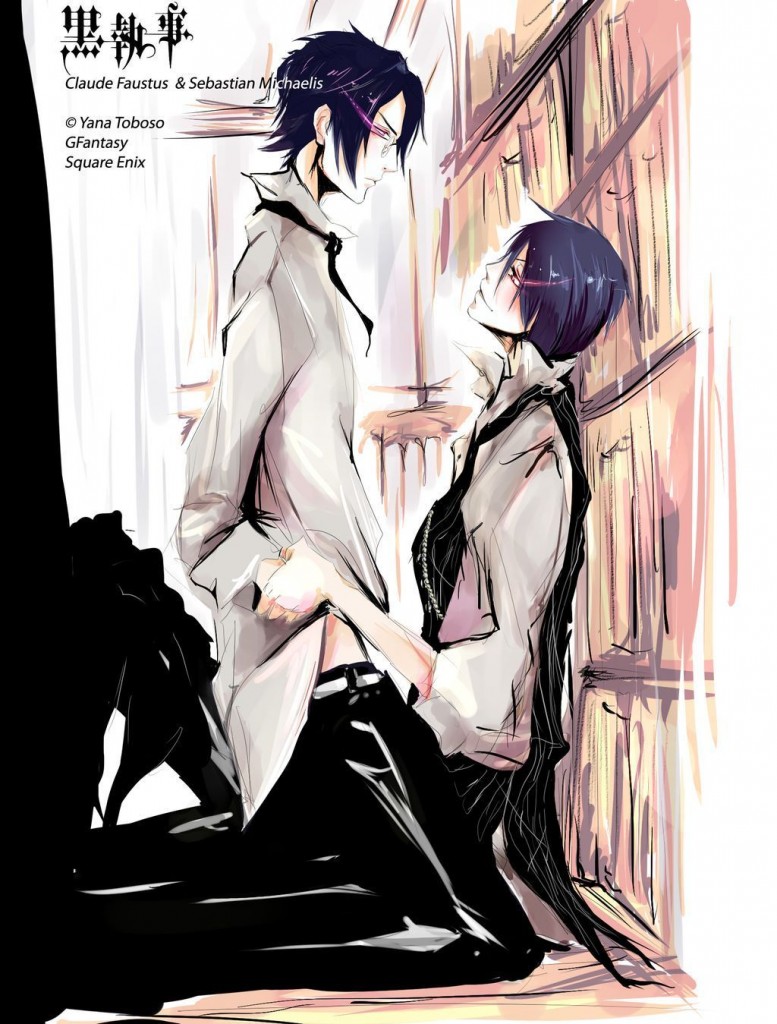 Yaoi is characterized by 2 specific character roles: seme and uke. Seme refers to “top” or “attacker.” Uke refers to “bottom” or receiver. While they do have sexual connotations (much like the American slang “hitter” and “catcher”), they are derived from formal martial art forms.
Yaoi is characterized by 2 specific character roles: seme and uke. Seme refers to “top” or “attacker.” Uke refers to “bottom” or receiver. While they do have sexual connotations (much like the American slang “hitter” and “catcher”), they are derived from formal martial art forms.
Interestingly, yaoi characters typically do not identify as homosexual. They are more neutrally in love with a particular character as opposed to being a certain sexual orientation. Male characters also help avoid misogyny, female stereotypes, and sometimes abusive treatment of female characters in sexual scenes.
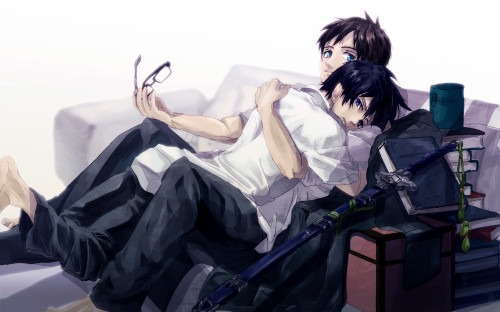 It it thought that yaoi allows girls to safely explore different sexual identities free from stereotypes and societal norms. The androgynous designs of the characters can let a reader see the characters as both male, male and female, or even both female. Also, the characters tend to relate to each other as equals more than a traditional male/female relationship.
It it thought that yaoi allows girls to safely explore different sexual identities free from stereotypes and societal norms. The androgynous designs of the characters can let a reader see the characters as both male, male and female, or even both female. Also, the characters tend to relate to each other as equals more than a traditional male/female relationship.
I found it interesting how many readers do not like uke who are too feminine; they too easily fall into traditional male/female norms when they act too girly.
Not all yaoi features explicit sex. Manga that features such are called hentai yaoi. Also, yaoi isn’t considered realistic by the homosexual male community. It is wrong to say yaoi’s appeal is solely based on voyeuristic sex. Yaoi has too many variations and stories to broadly brush the sub-genre in such a way.
Until the 1980s, yaoi was often confused with shonen-ai sub-genre. Yaoi remained a niche sub-genre until 2006 when the market began grossing around 12 billion yen a year. The first official Boy’s Love manga translation appeared in the US in 2003. Since then, yaoi has grown in popularity with American women and girls.
References
Camper, Cathy (2006). Yaoi 101: Girls Love “Boys’ Love.” Wellesley Centers for Women. Retrieved January 26, 2013 from http://www.wcwonline.org/Women-s-Review-of-Books-May/June-2006/Yaoi-101-Girls-Love-Boys-Love.
MacWilliams, Mark (2008). Japanese Visual Culture 40-42.
Yaoi (2013). Wikipedia Retrieved January 26, 2013 from http://en.wikipedia.org/wiki/Yaoi.
Zanghellni A. (2009). ‘Boys love’ in anime and manga: Japanese subcultural product and its end users. Journal of Media & Cultural Studies 23(3) 279-294.
Images from manga: Otokogokoro, Claude and Sebastian, and Ao no Exorcist
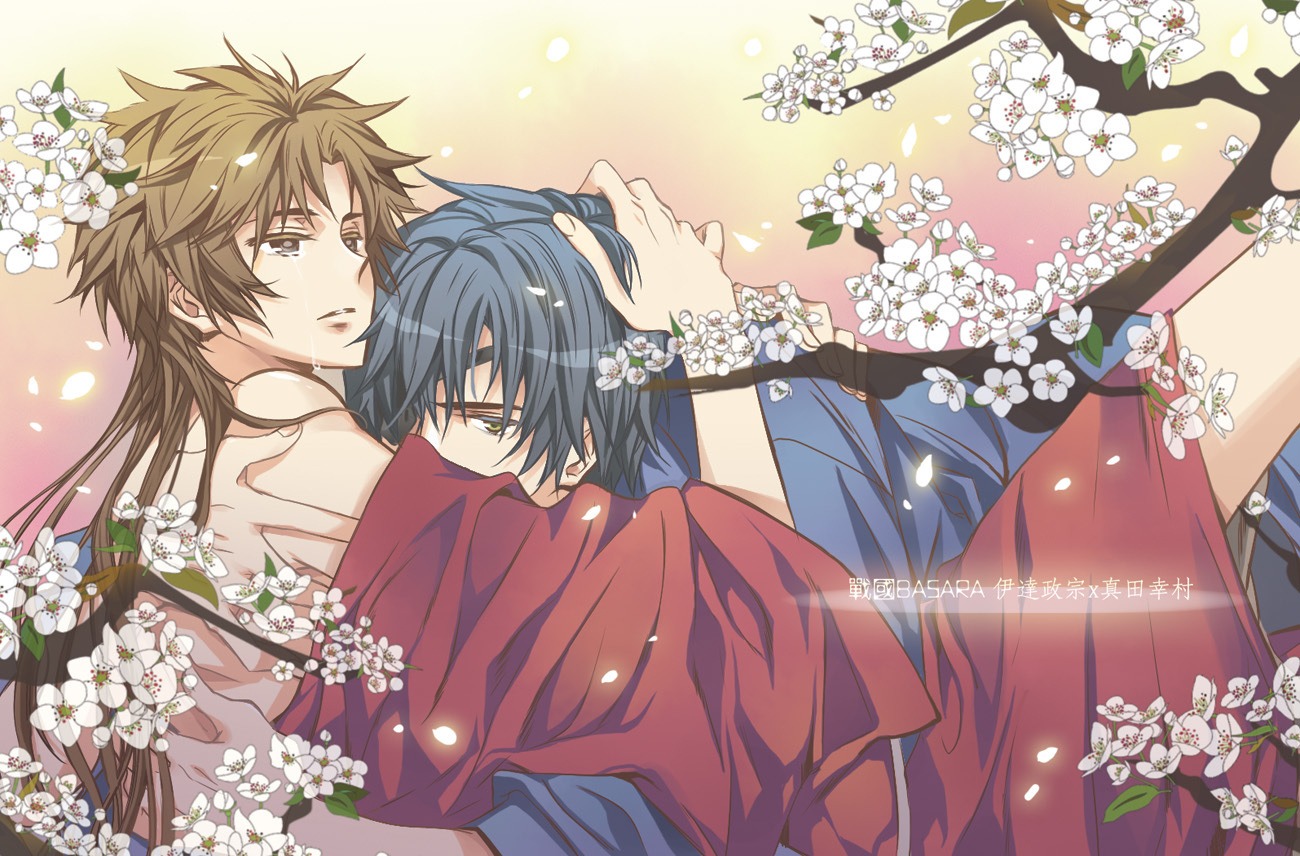
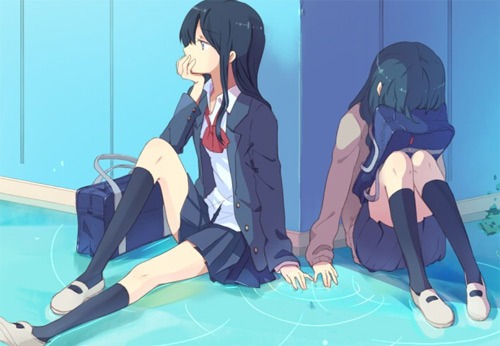
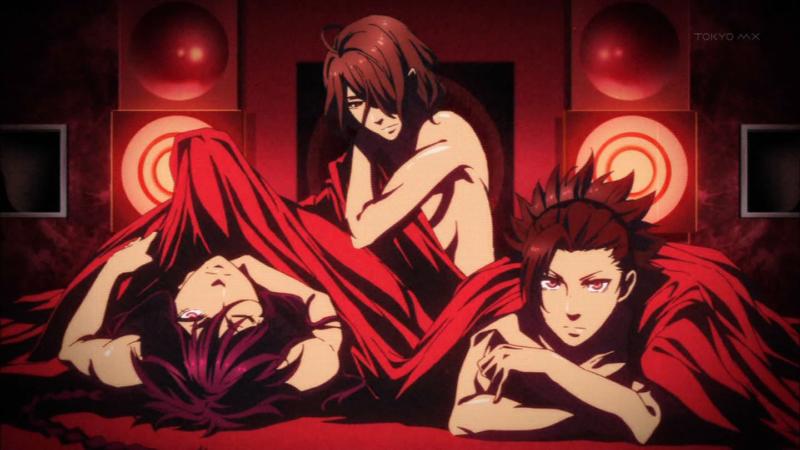

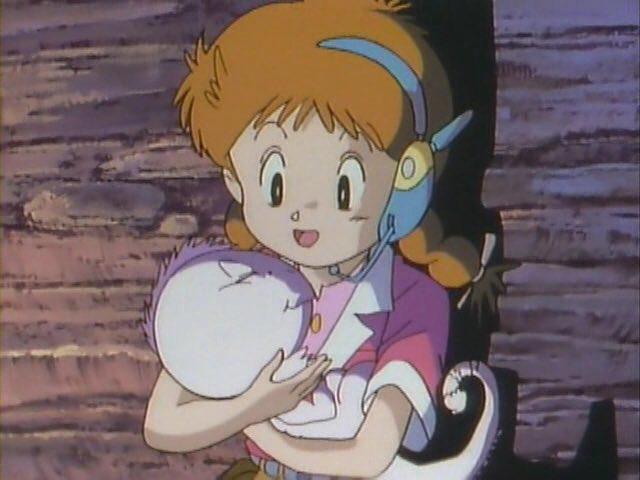
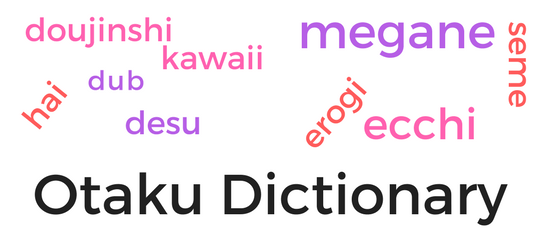
That is very educational. I learned a lot as a fan. I’m looking for a yaoi gift at https://www.otakufantasy.com/2020/10/yaoi-gifts-for-fujoshi-fudanshi.html when I spotted this post. I immediately click once I say the interesting title.
I’m glad you found the article helpful.
Not only has the genre changed over the years, society has too. Many people have fallen out of favour of yaoi and even taken to attacking the fans as they believe that it “fetishizes gay men” but that simply isn’t true. I’ve found that, in my case, I like the idea of being able to defy certain gender role stereotypes in relationships. In both media and life, women are seen as the ones who do the cooking, cleaning, child bearing etc. and stay behind their husbands, but men are seen as “the strong ones” who have to “protect” the women. So with yaoi, you can essentially have 2 strong people in a relationship who can protect each other while they both take care of the essential things (cooking, cleaning). AND what’s more is that either one of them is able to dominate in bed. I feel like a lot of people completely misunderstand why we like this genre. Yaoi doesn’t necessarily include “gay stereotypes” either, which means that we don’t have to aliken anyone to a one dimenional stereotype like how it goes on American TV shows.
Also, please excuse my words about expectations placed on women, I know these are starting to die out in most places but they’re still present in my life. I live in Toronto, which is one of the most socially developed cities in the world, but I’m limited by certain disabilities to doing a lot of “housewife” things and jobs that were stereotypically meant for women until 1990’s (is training to be a flight attendant).
When I dug through the limited academic research on yaoi, I was struck by the focus on equality in most of the relationship dynamics. I haven’t looked at the yaoi segment in otaku culture since I wrote this article. It is interesting that yaoi has lost some of its popularity. Do you see other branches of anime addressing the role differences between men and women in the same way as yaoi?
In many areas, firm role divisions between the genders remains. My area of the US, for example, still has some firm divides: women take the housework and kids while the guys go outside the home and work multiple jobs.
This is all completely wrong, or at least no longer holds up in the 2010s. I’ve been a fujoshi since the 90s & I’ve seen this media shift & evolve.
You’re quite wrong on the misogyny part. Fujoshis who ship characters in non BL series, common as they are quite fond of Shounen Jump, see women as people who get in the way of their ships. If there is a woman in a BL series with any amount of character development, she is either a fujoshi friend or a homophobe enemy.
BL mangas are moving in 2 directions away from the “I’m straight, but it’s okay if it’s you” trope. Either everyone is bisexual & wants everyone to love freely regardless of gender (especially prominent in Chinese BL), or they are very openly gay. Harems are becoming more common with fans who are bored with monogamy. Women have even started embracing Bara, which, as far as doujinshis go, has the exact same tropes as yaoi that gay men complain about, but with a more extreme body types & heavy use of Furries. It’s also growing more radical as a porn, using the exact same extreme fetish tropes heterosexual women complain about in hentai.
BL is taken more seriously in South Korea & China, where the stories are longer & more serious & make heavy use of sociopolitical commentary & serious discussion about normalizing homosexuality.
There are different types of BL fans. True fujoshis, who find yuri & hetero stuff disgusting & don’t like the men to be too feminine. All-encompassing fans who like yaoi, yuri, & hentai equally. Softcore fans who only like extreme fluff pieces where all of the men act think like women. Story-driven fans who hate oneshots & expect a serious story that lasts at least 5 volumes. Passive consumers who read 20 series at the same time & whine about how long the story is & just want to skip straight to the romance.
ALL yaoi is sexual. If it isn’t then it’s BL. Yaoi used to just refer to short plotless doujinshis, but has become the defacto term for NC17 BL. Shounenai was known for being flowery, androgynous, & ending in tragedy, which BL was named to distinguish itself from this.
BL has gained global popularity, even in more conservative places like the Middle East.
BL has changed since I wrote this article about 7 years ago. Any active genre will morph as people’s tastes change. Books, for example, have changed quite a bit in the past 7 years. Writing styles have fallen out of favor along with certain stories and topics. With time, today’s interests will also fall out of favor and change.
Thank you for pointing out how BL has changed and the different types of BL fans.
I remember in 2005 I wanted to to give Gravitation a try because I realised it was a very popular anime series and it seemed like a must-watch anime. I watched the first two episodes at home, but I quickly felt uninterested in this anime. I wondered why because I am a homosexual guy so eventually I should like it, right?. However, I soon realised why the series wasn’t appealing to me. It was because what I was watching was an ideal heterosexual relationship from the perspective of a heterosexual woman with all its heterosexual clichés. Male homosexuality doesn’t work the gay yaoi portrays it. Yaoi is about ideal heterosexual relationships with heterosexual dynamics (a masculine and a feminine; gender roles; the hero and the saved, etc). Well, in the end, yaoi was never meant to portray realistic male homosexuality and how our relationships work out.
What you mention is the same view I found when I researched this article. Yaoi isn’t meant to represent homosexual relationships. After all, it is written by women for women. I am glad to see the research I found confirms your experience of the genre. From what I understand bara is the branch of manga that best represents homosexual relationship dynamics. It is written by gay men for a homosexual audience. You may want to look at this branch for stories that may appeal to you.
It’s not to explore sexual identities… the simple reason is that it’s HOT! the reason they don’t start gay is because it’s not fun like that… it feels like a much more intense love when it’s not bounded by logic- they know they aren’t gay yet they fall for a guy. also, there’s a reason this genre is manga. if you’ve watched animes you probably noticed that intense rivalries between characters are very common. and you always wan’t them to get closer to each other and admit that they are friends and love each other. being in love looks like just another small step with this kind of relationships… because these characters are usually obssessed with each other. so I’m guessing this whole yaoi genre started with doujins. we want them to admit they care and what’s better than them being in love?
Yes, yaoi started with doujins.The research suggests yaoi helps young teens explore sexual identities. Of course, that doesn’t mean the genre isn’t mostly read for fun.
Japanese pop culture likes to use “frenemies.” Mutually beneficial conflict that ends in friendship is a popular theme in all types of manga. The conflict usually ends (or starts) with both characters being better for it. Sasuke and Naruto is a good example.
I think women just want to see something that is exciting considering that women actually have to hold their sexual urges more that men…..its kinda true…..
It is true that women in the West are raised to suppress sexual urges more than men. Men are taught to display them out in the open or be labeled as gay or unmanly.
“Male characters also help avoid misogyny, female stereotypes, and sometimes abusive treatment of female characters in sexual scenes. It it thought that yaoi allows girls to safely explore different sexual identities free from stereotypes and societal norms.”
Yes! I thought the same exact thing.
Nice article, and very informative too. 🙂
“Male characters also help avoid misogyny, female stereotypes, and sometimes abusive treatment of female characters in sexual scenes” – i believe that this is unfortunately not true. Yes, there’s male anatomy there, but it’s the one with feminine characteristics that is mistreated most of the times :/
I agree that it is unfortunately true that misogyny and stereotypes still continue. My sources even mention that it continues to be a problem. I haven’t ready yaoi, so I really can’t say myself. The shocking part about the misogyny and other problems is how sometimes there is a female author behind them O_o. Rape also has a place in some yaoi stories.
The trope rape=love is more mainstream than you think. Yes, most of the yaoi mangaka are women but unfortunately they seem to reflect either their bad experiences in their works in an idealized way (perhaps in order to prepare young girls, too) or they write under the patriarchical influence without realizing that they are making rape acceptable. Another case could be a kind of ‘revenge’ towards the men or it could be ‘just’ a fantasy as many other types of fantasies
Somehow your comment got caught in the spam filter. Apologies on the slow reply! Those are interesting ideas. The patriarchal influence strikes me as highly probable. Women are still viewed as sex objects which is a mental form of rape. The mangaka reflecting on bad experiences strikes me as unnerving but reasonable. Unnerving because bad experiences seem fairly commonplace.